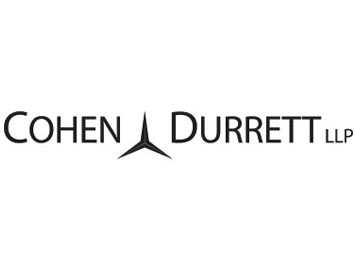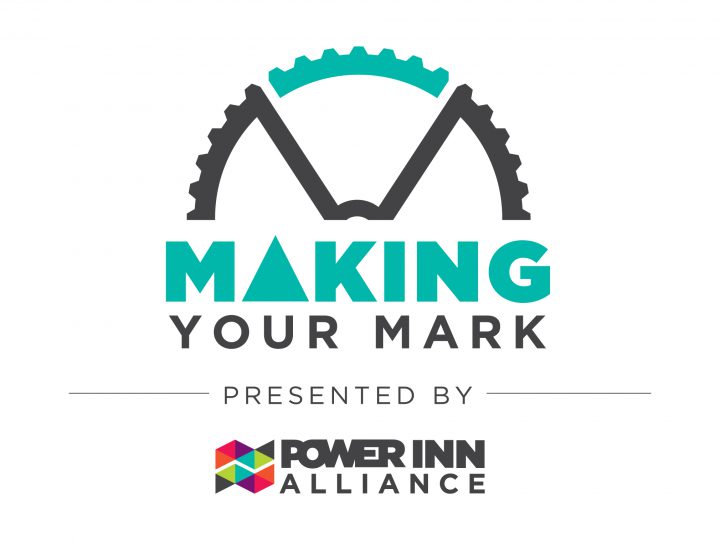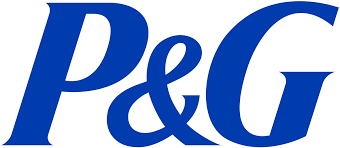Use of Electronic Signatures in Your Business
Over the past several years, it has become more and more common for businesses to use electronic signatures for a variety of business-related transactions. As a result, both federal and state laws pertaining to these types of transactions have been created. California’s Uniform Electronic Transactions Act (UTEA) and the Federal Electronic Signatures in Global and National Commerce Act (E-SIGN) require parties to agree to conduct transactions electronically in order for electronic signatures to be enforceable. In fact, both Acts also require that the agreement to utilize electronic signatures be agreed to in advance, and separately from the underlying transaction.
Electronic isn’t Always Easier
Although the use of electronic signatures (E-signatures) in commerce has become more common and some employers have embraced the concept, not all employers have done so. Those who wish to use E-signatures must create a procedure which has been outlined by the UTEA and E-SIGN and further expounded upon and reviewed by various courts. Recently, a number of cases regarding personnel documents have hit the courts where the issue is whether or not the employer can prove that the employee actually signed the documents, including such things as I-9s, arbitration agreements and even employee handbooks.
Case in Point
In one such case, a federal appeals court ruled that an employer failed to follow proper I-9 procedure and that it was missing a number of signatures and other documents required of the I-9s for their business. The employer was fined $103,000. This was an extreme case and the employer had more than one violation, but the fact remains that the electronic signatures being used were part of the complaint by ICE. The court held that “word processing” is not an electronic signature. In other cases, the court has noted that employers must first have a process by which employees can access their own E-signature and where the employer can prove that only the employee in question controls that E-signature. This requires allowing employees access to a program, create their own password, document their password, and thereafter be the only person to use that password to access and use the E-signature.
Print, Then Pen
Employers utilizing such programs must review all documents to make sure that E-signatures have been used, and be able to document the process step-by-step if they have to prove it in court at a later date. Although this is no doubt the wave of the future, it does seem simpler in some ways to print the signature pages and have the employee sign them with a good old-fashioned pen.
For further information regarding these requirements and/or assistance in drafting, please contact Dave Cohen at Cohen Durrett/The Employers’ Council (916) 927-8797. Power Inn Alliance members receive a complimentary initial consultation.

Legal information graciously provided by:
David L. Cohen
dcohen@CohenDurrett.com
DISCLAIMER
These materials have been prepared by Cohen Durrett, LLP for informational purposes only and are not legal advice. Because the results of any legal matter may vary depending upon specific facts and applicable law, no reader should act on the basis of any matter contained on this web site without seeking appropriate professional advice on the particular facts at issue. No prediction of results should be inferred from information contained on this web site. This information is not intended to create, and receipt of it does not constitute, an attorney-client relationship. Internet subscribers and online readers should not act upon this information without seeking professional counsel. Do not send us confidential information until you speak with one of our attorneys and get authorization to send that information to us.



